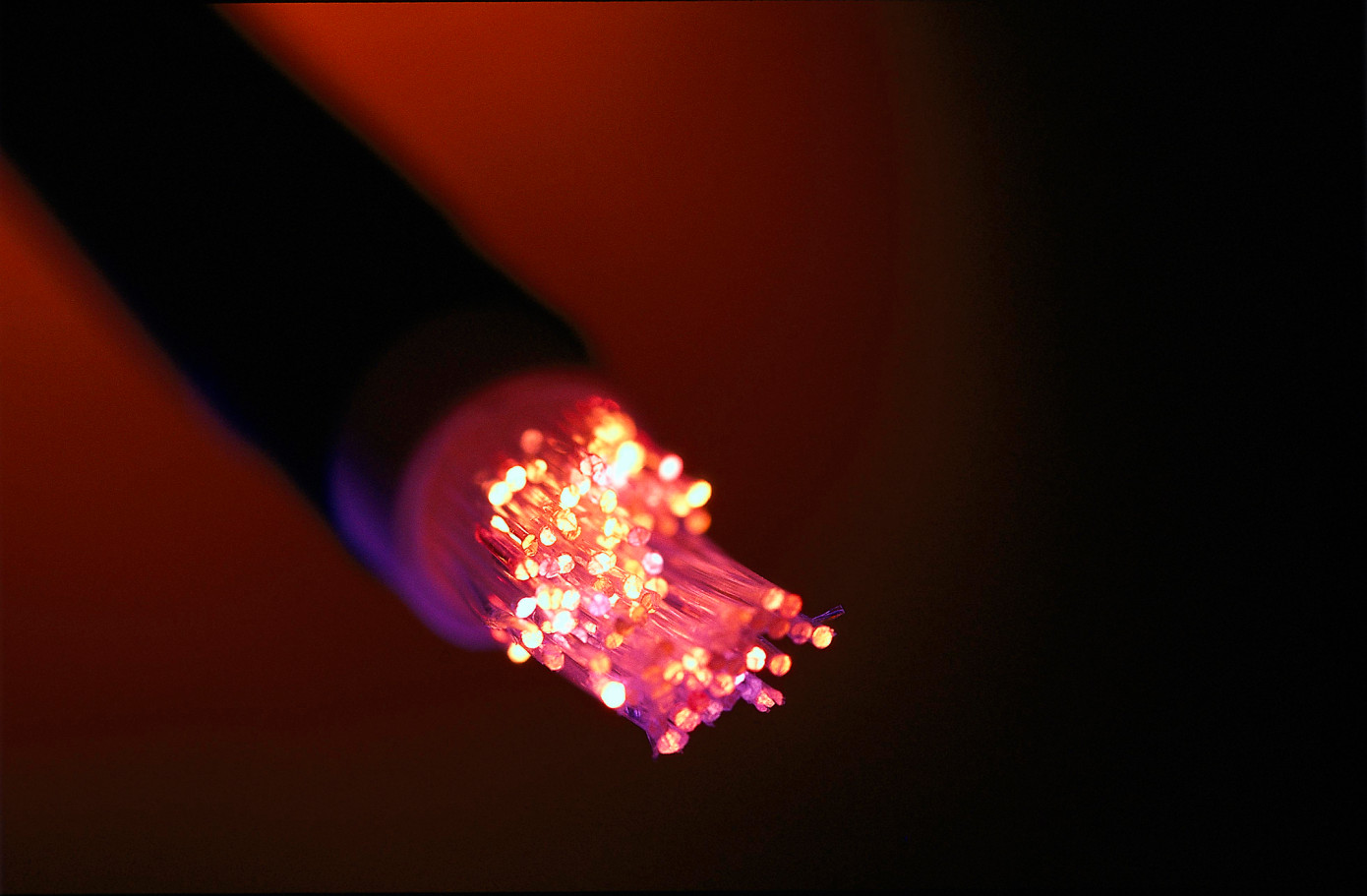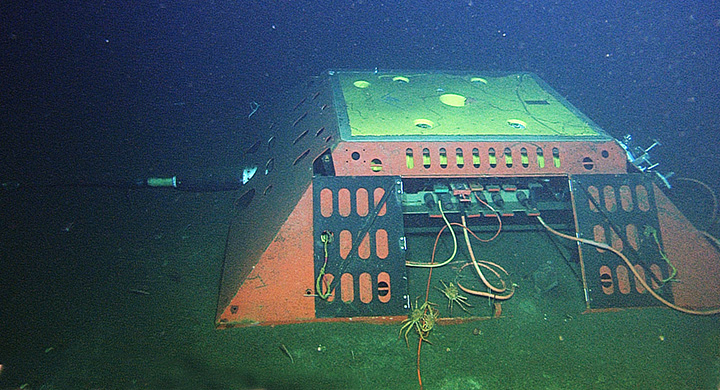
Researchers used existing submarine fiber optic cables as a network of seismographs to collect unique data on Earth's tectonic activity.
At present, seismologists obtain almost all data from instruments located on land, which isonly a third of the planet's surface.Sensors at the bottom of the ocean are needed to improve the overall picture, but long-term placement of equipment even several kilometers away from the ocean.shore connected withservice and access issues.
So a team of geophysicists at the University of California, Berkeley, decided to use the existing infrastructure of the Internet's undersea highways.Light passes through these lines , which is scattered and distorted if the cable is shifted or changedBy observing these changes, it is possible to determine exactly where and how much the fiber is bending.
Using the method of distributed acoustic sounding, the researchers recorded seismic activity and its source using a 20-km cable as a network of thousands of motion sensors.

The information collected in this way allowed geologists to map previously unknown faults in the Gulf of Monterey and accurate patterns of water movement.
According to the team, the main advantage is that there is no need to install additional equipment along the entire length of the cable, just connect to its end.
The signals used for research can interfere, but scientists are already working on a solution to this problem.
Recall that at the beginning of the year, an experiment using 16QAM modulation made it possible to achieve a record transmission speed of 26.2 TB/s over a transatlantic cable owned by Facebook and Microsoft.
</p>




